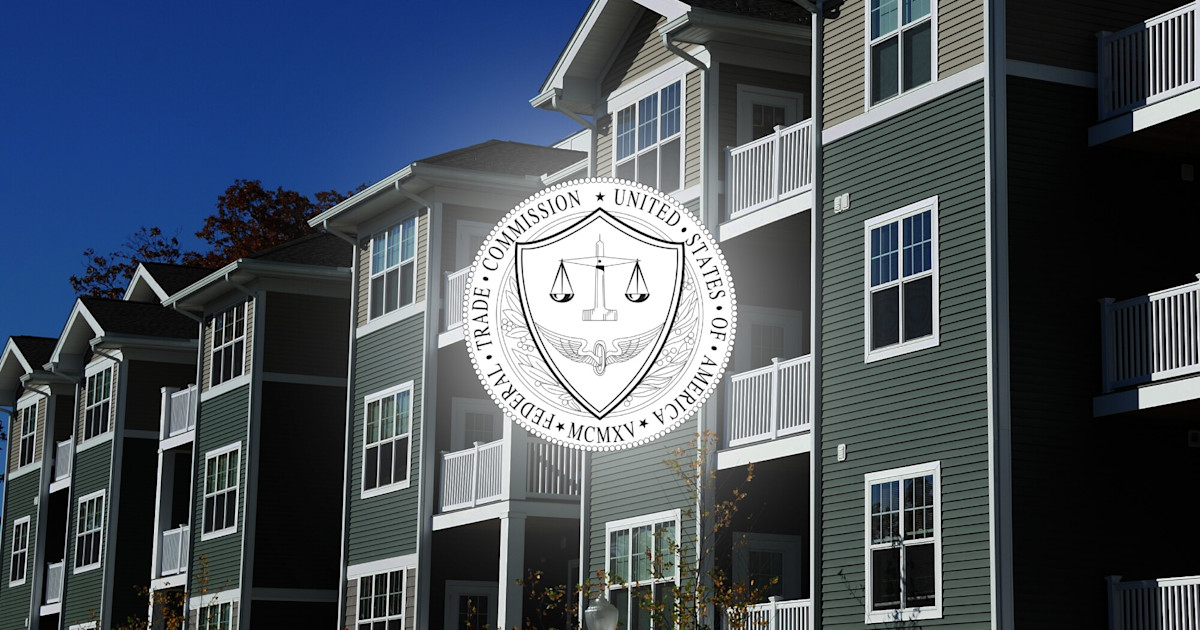W
ith over 75 million Americans living in communities governed by homeowners associations (HOAs), these organizations are becoming increasingly important in real estate transactions. An HOA is an organization that creates and enforces rules for a residential community, with regulations outlined in a document called a Declaration of Covenants, Conditions, and Restrictions (CC&Rs). These CC&Rs play a significant role in shaping day-to-day life in the neighborhood.
HOA covenants are the rules governing living in an HOA community. For example, they may dictate exterior paint colors or require residents to pay a certain fee. Rules vary from one community to another but aim to protect property values and maintain a good standard of living.
There are three types of governing documents: CC&Rs, bylaws, and rules and regulations. CC&Rs cover rights and obligations between the HOA and residents, while bylaws govern day-to-day operations, such as board elections and member responsibilities. Rules and regulations are less permanent and often updated seasonally.
CC&Rs can be amended if the board and members agree. HOAs may update their covenants every few years. Understanding CC&Rs is crucial for real estate professionals to educate clients about the potential impact on their lives, including limits on personal choice and individuality.
HOA covenants can substantially affect community residents by offering amenities but also imposing fees and regulations. For example, they may require adherence to strict exterior design codes or prohibit certain pets. Quality of life is also affected, with well-maintained common spaces contributing to protected property values.
Some common features of CC&Rs include property maintenance standards, pet rules, parking restrictions, landscaping regulations, and rules governing house parties and guest vehicles. Real estate professionals should discuss these aspects with clients when considering buying a home in an HOA neighborhood.
HOAs can impact property values by maintaining clean and well-maintained neighborhoods with community amenities. However, they may also limit personal choice and individuality. Agents representing buyers or sellers must understand the buyer's needs and navigate HOA rules to find the right fit. Sellers must disclose any HOA information, such as unpaid dues or litigation.
CC&Rs can be obtained from the seller, listing agent, county recorder's office, or an HOA board member. They are legally binding documents that buyers typically sign when buying an HOA home. Enforcement of CC&Rs usually involves a process with violation notices and fines, potentially escalating to legal action against residents.














